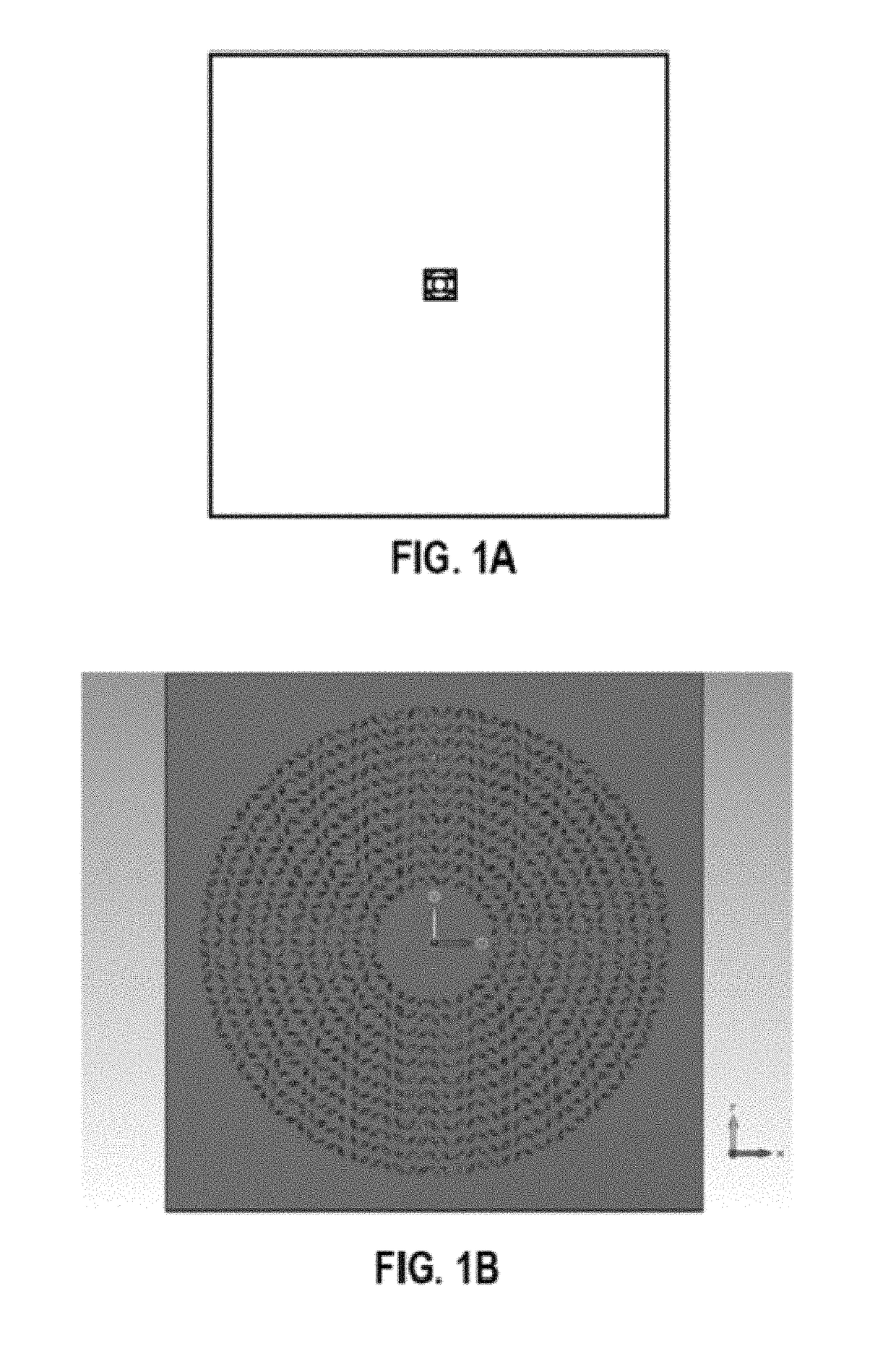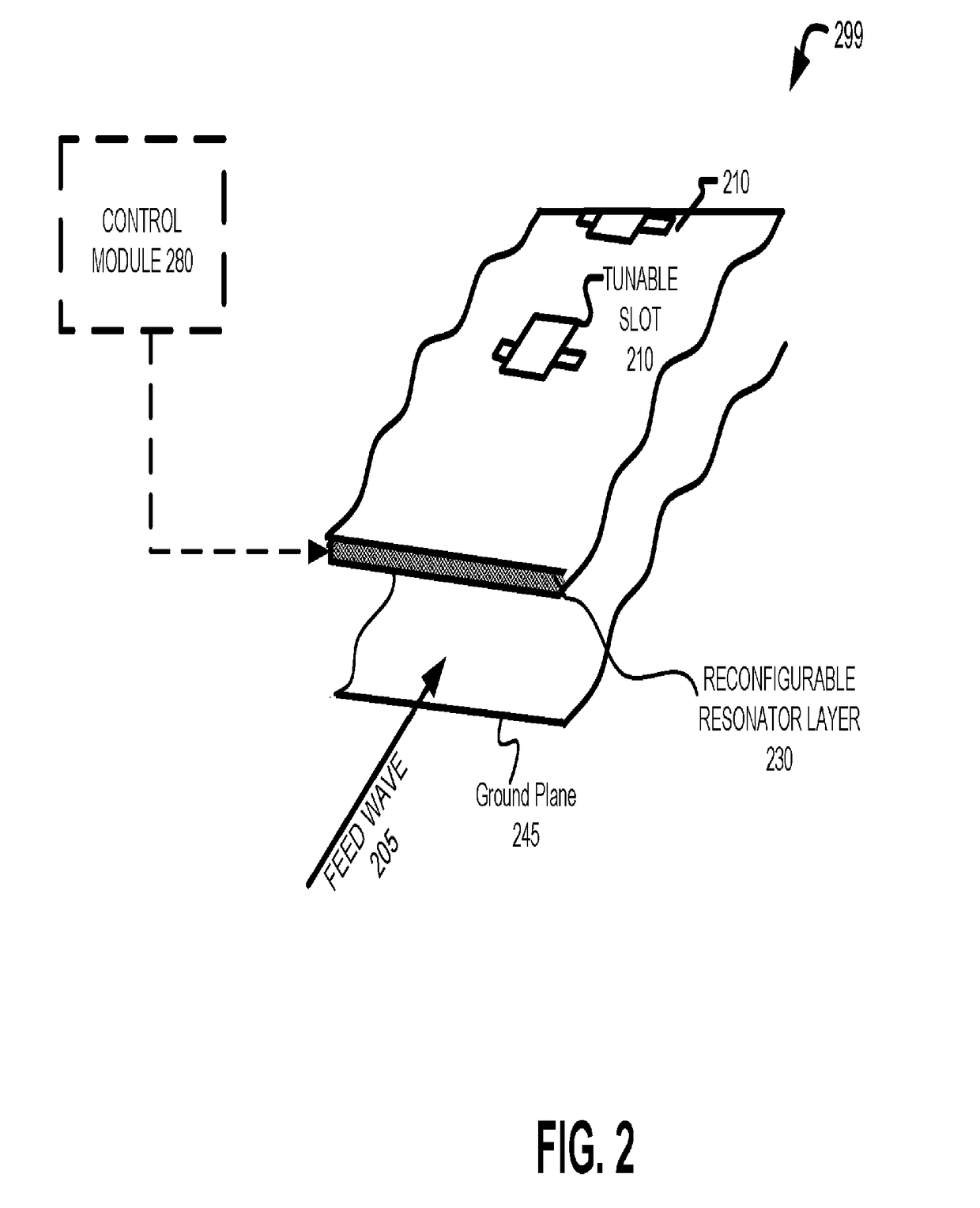Method to assemble aperture segments of a cylindrical feed antenna
a cylindrical, aperture-type technology, applied in the direction of individual energised antenna arrays, feed arrays, linear waveguide fed arrays, etc., can solve the problems of affecting the set throughput of the manufacturing line, tft/lc aperture fabrication utilizes some processes that are not easily accommodated by existing tft/lcd fabrication facilities, and large capital outlay of building such a facility and populating it with equipmen
- Summary
- Abstract
- Description
- Claims
- Application Information
AI Technical Summary
Benefits of technology
Problems solved by technology
Method used
Image
Examples
an example system embodiment
[0155]In one embodiment, the combined segments forming an aperture can be used in a television system that operates in conjunction with a set top box. For example, in the case of a dual reception antenna, satellite signals received by an antenna utilizing one or more of the formed apertures are provided to a set top box (e.g., a DirecTV receiver) of a television system. More specifically, the combined antenna operation is able to simultaneously receive RF signals at two different frequencies and / or polarizations. That is, one sub-array of elements is controlled to receive RF signals at one frequency and / or polarization, while another sub-array is controlled to receive signals at another, different frequency and / or polarization. These differences in frequency or polarization represent different channels being received by the television system. Similarly, the two antenna arrays can be controlled for two different beam positions to receive channels from two different locations (e.g., t...
PUM
| Property | Measurement | Unit |
|---|---|---|
| angles | aaaaa | aaaaa |
| free-space wavelength | aaaaa | aaaaa |
| free-space wavelength | aaaaa | aaaaa |
Abstract
Description
Claims
Application Information
 Login to View More
Login to View More - R&D
- Intellectual Property
- Life Sciences
- Materials
- Tech Scout
- Unparalleled Data Quality
- Higher Quality Content
- 60% Fewer Hallucinations
Browse by: Latest US Patents, China's latest patents, Technical Efficacy Thesaurus, Application Domain, Technology Topic, Popular Technical Reports.
© 2025 PatSnap. All rights reserved.Legal|Privacy policy|Modern Slavery Act Transparency Statement|Sitemap|About US| Contact US: help@patsnap.com



